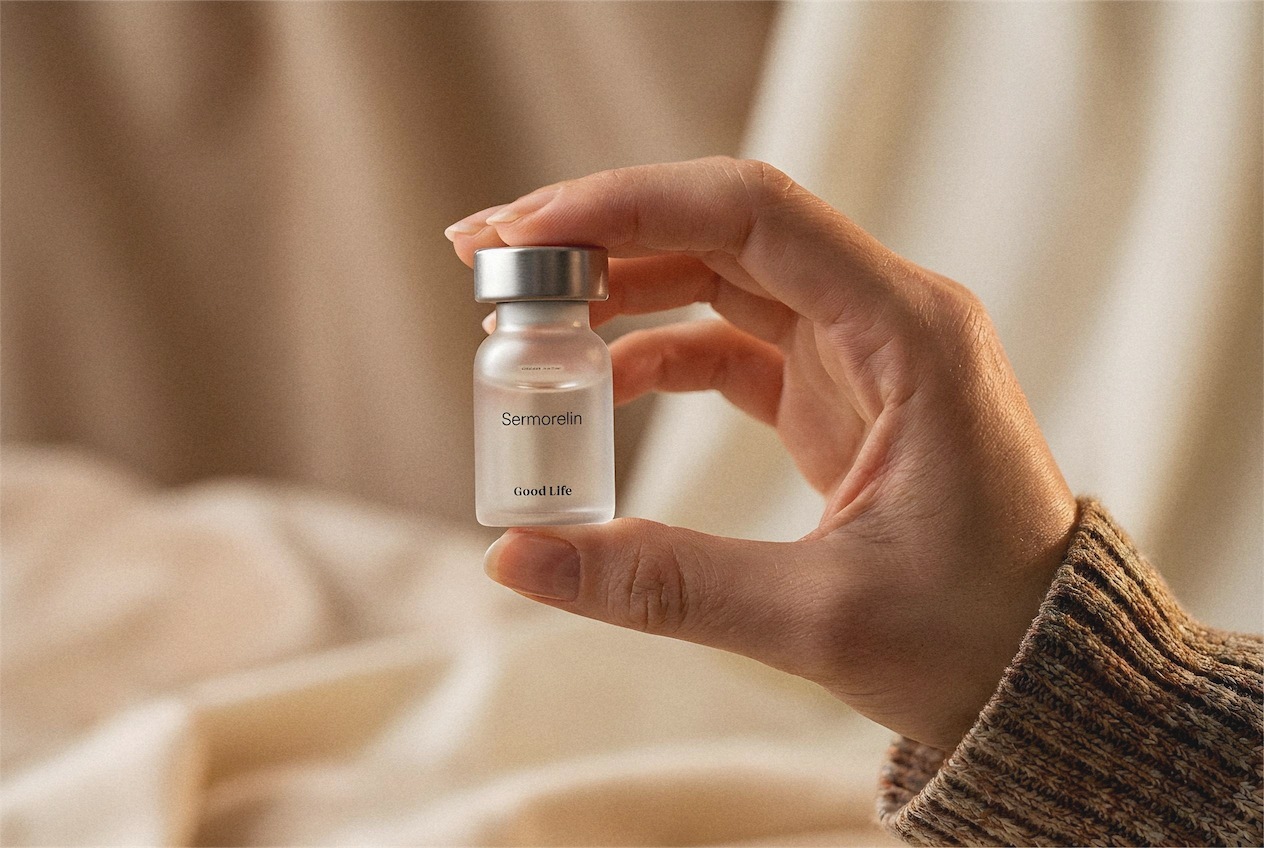Daily Wellness
What Happens When NAD+ Levels Decline—And What You Can Do About It
%25201%2520(1).png)
Discover the signs of declining NAD+ levels and explore science-backed strategies to support healthy cellular function.
- NAD+ is a coenzyme vital for energy production, DNA repair, and cellular health.
- Levels naturally decline with age and can also be impacted by stress, diet, and lifestyle.
- Low NAD+ levels are linked to fatigue, slower recovery, and metabolic inefficiency.
- Nutrient precursors, lifestyle changes, and clinical guidance can help support NAD+ production.
Why NAD+ Matters
As we age, one crucial molecule begins to decline within our cells: NAD+ (nicotinamide adenine dinucleotide). Found in every cell in the body, NAD+ plays a key role in turning nutrients into energy, repairing DNA, and supporting optimal cellular performance.
Although it’s not widely talked about, decreasing NAD+ levels are thought to contribute to many age-related changes, such as fatigue, reduced resilience, and cognitive sluggishness. The good news: there are both natural and medical strategies that may support healthy NAD+ levels over time.
What May Happen When NAD+ Levels Decline
You may not feel a sudden shift when NAD+ begins to decrease, but its long-term impact can show up in subtle ways. Some common signs and symptoms include:
1. Reduced Cellular Energy
Low NAD+ may impair your body’s ability to convert food into usable energy, leading to ongoing fatigue—even if you’re getting enough rest.
2. Increased Sensitivity to Stress
NAD+ fuels enzymes that help protect cells from oxidative damage. A drop in NAD+ may make it harder for your body to manage internal or environmental stressors.
3. Mental Fatigue or Brain Fog
NAD+ is thought to support brain cell function. Reduced levels may affect concentration, processing speed, and cognitive sharpness.
4. Slower Metabolism
Because NAD+ helps regulate glucose and fatty acid breakdown, lower levels may affect your body’s metabolic efficiency—possibly impacting muscle tone or weight stability.
5. Slower Physical Recovery
Your body uses NAD+ during repair processes triggered by exercise or daily wear and tear. When levels are low, your recovery may feel slower or less complete.
Why NAD+ Levels Decline
The most common factor in NAD+ decline is aging. However, several lifestyle habits can accelerate this drop:
- Poor sleep
- High or chronic stress
- Diets high in sugar or processed foods
- Alcohol consumption
- Environmental toxin exposure
- Low physical activity
These stressors may either increase the body’s NAD+ demands or slow down its production.
How to Support Healthy NAD+ Levels
1. Nutritional Support via NAD+ Precursors
Your body cannot absorb NAD+ directly from food. Instead, it uses building blocks like nicotinamide riboside (NR) and nicotinamide mononucleotide (NMN) to create NAD+ internally. These compounds occur naturally in:
- Edamame
- Avocados
- Broccoli
- Whole grains
- Fish
While food provides trace amounts, some individuals opt for supplements containing NR or NMN. If you're considering this route, talk to a licensed healthcare provider to determine appropriate dosing and evaluate potential interactions.
2. Daily Habits That May Help Maintain NAD+
Certain lifestyle practices can help preserve or boost NAD+ levels naturally:
- Intermittent fasting: Promotes cellular repair and metabolic flexibility
- Exercise: Supports mitochondrial efficiency
- Sleep hygiene: Vital for nighttime repair and hormonal balance
- Stress management: Chronic stress may deplete NAD+, so calming techniques matter
These strategies can complement medical therapies and contribute to improved energy, clarity, and resilience.
3. Medically Guided NAD+ Support
For those seeking more targeted support, NAD+ protocols may be offered by licensed healthcare professionals. These typically include:
- Physician-monitored NAD+ injections or supplements
- Dosing guidance based on individual health needs
- Integration with other longevity-focused therapies if appropriate
This approach ensures that any supplementation is backed by medical oversight, helping to personalize and safely manage your plan.
How Soon Can You Expect to Notice a Difference?
Results vary widely. Some people report feeling improvements in energy, focus, or recovery within a few weeks of starting a medically supervised NAD+ regimen. Others may need more time, especially if levels are significantly depleted.
Like most wellness treatments, NAD+ optimization is gradual and requires consistency for best results.
What to Know Before Starting NAD+ Therapy
NAD+ supplementation isn't for everyone. Pre-existing health conditions, medications, or other factors may affect whether it’s appropriate. That’s why it’s essential to consult with a licensed provider before beginning any regimen.
Working with a medical professional ensures that your plan is:
- Personalized to your health history
- Sourced through licensed, regulated pharmacies
- Monitored for safety and effectiveness
Avoid self-prescribing or purchasing unverified supplements, as quality, safety, and dosing can vary significantly.
Declining NAD+ levels are a natural part of aging, but they don’t have to define your energy or vitality. From nutrition and exercise to medical support, there are multiple ways to help your body restore and maintain healthy NAD+ function.
If you’re interested in NAD+ support, speak with a licensed healthcare provider to determine whether it fits your goals. With the right strategy and clinical guidance, you can take steps toward renewed energy, resilience, and longevity.
%2520(1)%25201.png)

.png)
.png)

.png)